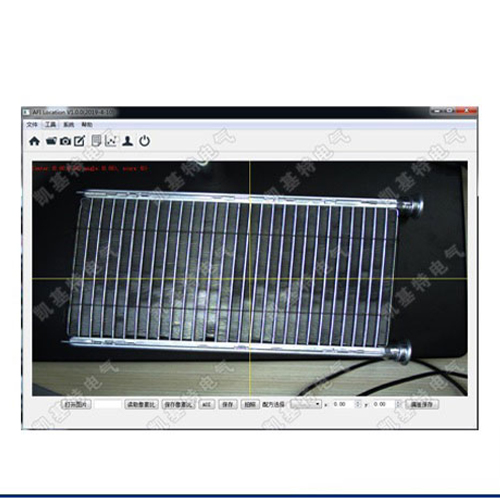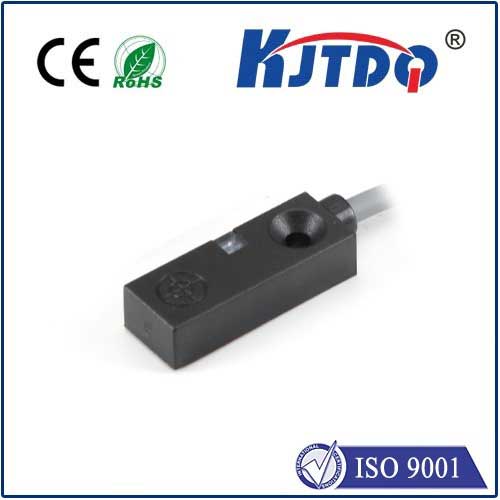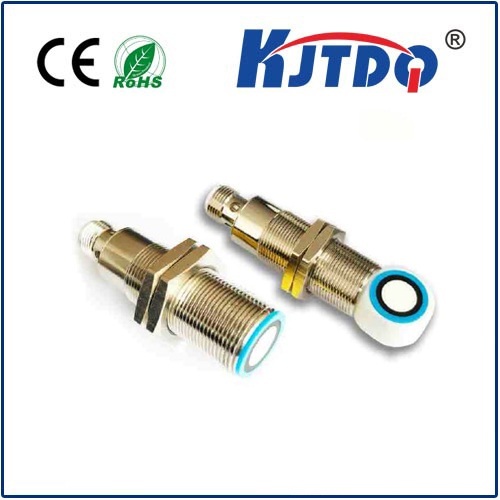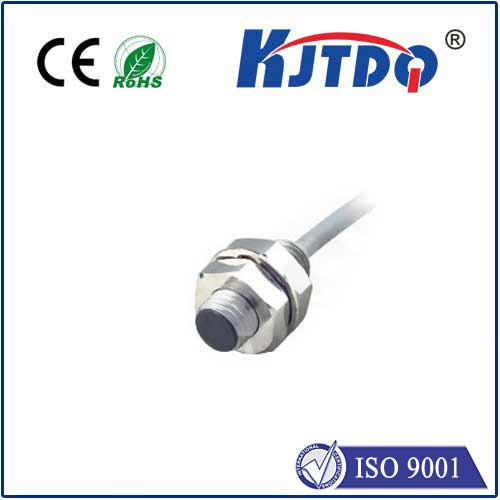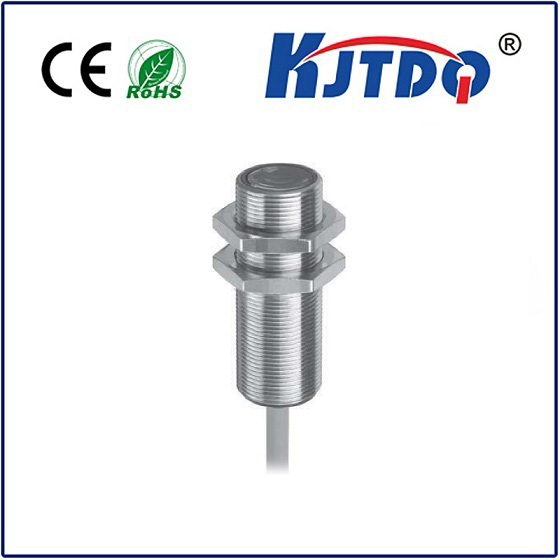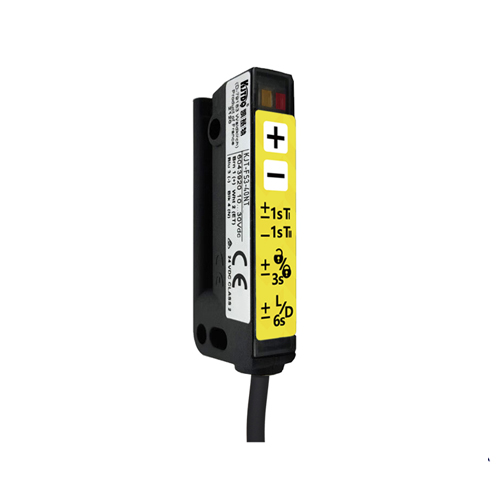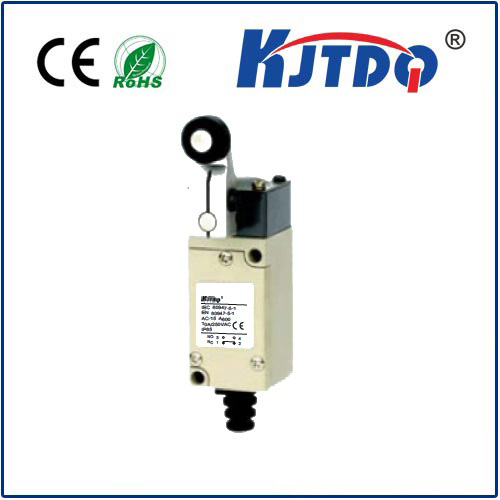

check

check

check

check

check

check

check

check

check

check
The inductive proximity sensor, also known as an Ip sensor, is a cutting-edge innovation in measurement technology that has the potential to transform various industries. This article will delve into the basics of this advanced sensor, its applications, and how it is revolutionizing the way we measure physical conditions.
Introduction
An inductive proximity sensor is a non-contact electronic device that detects and measures the distance between two objects. It works based on the principle of induction, where a magnetic field generated by one object interacts with an electromagnetic field in another object, causing a change in the electrical current flowing through it. By measuring this current, the sensor can determine the distance between the two objects with unparalleled accuracy and reliability.
Applications of Inductive Prox Sensors
One of the most significant advantages of inductive proximity sensors is their versatility. They can be used to measure a wide range of physical conditions, including temperature,湿度, pressure, flow rate, and more. This makes them ideal for various applications, such as:
1. Industrial Process Control: In industrial processes, inductive proximity sensors can monitor the temperature, pressure, or flow rate of liquids or gases, ensuring optimal performance and safety.
2. Medical Devices: These sensors are used in medical devices like blood glucose meters, heart rate monitors, and even surgical robots. They provide accurate and continuous measurements without any direct contact with the patient.
3. Automation and Robotics: In robotics and automation systems, inductive proximity sensors are employed for obstacle detection, path planning, and positioning. They enable robots to navigate complex environments safely and efficiently.
4. Home Automation: In smart homes, inductive proximity sensors can detect when people enter or leave a room, adjust lighting and temperature accordingly, and even control appliances like coffee makers and thermostats.
5. Transportation: In vehicles like cars, trucks, and buses, inductive proximity sensors are used for various purposes, such as sensing obstacles, monitoring tire pressure, and adjusting the engine's idle speed.
Design and Working Principles of Inductive Prox Sensors
Inductive proximity sensors consist of a coil (called the transmitter) and a sensing element (called the receiver). When a magnetic field passes through the coil, it creates an electric current in the receiver. The strength of this current is proportional to the distance between the coil and the receiver and inversely proportional to the square of the distance squared. This relationship is known as the formula for electromagnetic induction.
By analyzing this current, the sensor can determine the distance between the transmitter and receiver with high accuracy. Some sensors also include an amplifier to increase the signal-to-noise ratio and improve accuracy further.
Conclusion
In summary, inductive proximity sensors represent a game-changer in measurement technology, offering unprecedented accuracy, versatility, and reliability across various industries and applications. As research continues to advance this field, we can expect to see even more innovative uses for these sensors in the future.
